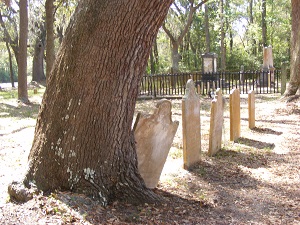You have no items in your cart. Want to get some nice things?
Go shopping
“A place makes us larger than ourselves.” –James Silas Rogers
It’s because of a train. I’m always looking for vantage points to train spot. At one spot, you could practically reach out and touch the passing freight cars.
It was because of a passing train that I glanced through the moving cars and saw behind them a cemetery. I made a promise to climb the cemetery’s hill and watch trains pass below. It was there, at the top of the hill, that I came across the 42 men, veterans of the Civil War of 1841-1845.
I biked to the cemetery, determined to watch for trains running beneath the hilly landscape. It was then that I saw the 42 men and I wondered why these civil war veterans weren’t buried at our Ft. Snelling National Cemetery designated for military veterans, and got a myriad array of answers to the question.
This cemetery was a room with a view; clean, and quiet except for the twitter of birds as they zoomed in for a landing in the tall trees. When I visited cemeteries overseas in Southeastern Europe, I was told that the gypsies selling flowers at the gate for graves had just taken them off the graves to sell.
Cemeteries out east were much older than mine in the Midwest. When I lived in Washington, D.C., I would intentionally pass through Arlington Nat’l Cemetery on my walk home from work. It, too, was lovely and peaceful. I used to eat my lunch in our Oakland cemetery while waiting for a nearby library to open. A man on duty at Oakland cemetery said that cremation rates of the deceased are currently 66%. It was not spooky or odd to visit despite, Halloween myths and the cliché of “Whistling past graveyards,” or tales of theft by grave robbers and diggers stealing gold from the teeth of the deceased. I remembered adult males hunting night crawlers in cemeteries with flashlights at night.
Some burial places are designated Masons only, or Christian, or Catholic only. I saw crosses, obelisks, monuments. In South Carolina “C.S.A.” on headstones means Confederate States of America, veterans of the civil war. I saw a tree trunk there that had grown around and pushed up a headstone. When I worked in the Emergency Room, I learned that burials of the indigent cadavers are rotated amongst funeral homes. Mortician Thomas Lynch writes about burial; Diane Arbus illustrated the indigent in N.Y.City with toe tags, and James Silas Rogers about the cemeteries he has visited.
I know so little about our civil war that I checked out books from the Public Library.
And I went back next day and wrote down the names of the 42 men. Ten of the 42 names on the flat white stones were indecipherable, but I thought writing the decipherable names down was the least I could do for them, after what they did for us.
*
Soldiers of the Civil War, Calvary Cemetery G.A.R. 1861-65
Row 1 x 10
Mack, Jam; Riton, Wm; Halpin, John; Hart, Peter; Roulet Hatchzing, Chas.; Schin, Louis; Fontain; Louis; Hogarth, Pat; CAN’T READ; CAN’T READ; Norton;
Row 2 x 14
Hart, Henry; O’Leary, Pat; CAN’T READ; CAN’T READ; CAN’T READ; Hughes, Herbert; Tylea, Michael; Wilson Jr., Wm; Ooners, Dennis; Dufour, Napolean; CAN’T READ; CAN’T READ; CAN’T READ; Robber, Nelson;
Row 3 x 11
Ounnigan, Wm; Arogha, Zepinh; Marien, Louis; CAN’T READ; Oar??, Era??; Peter, Jerome; ??Aulfiel; Sloe, Marshall; CAN’T READ; Ludwig, Nicholas;
Row 4 x 7
Dolan, Michael; Hurley, Patrick; St. German, Jos.; Russell, Z.T.; Leford, Onesine; Moriaiarity, John; B_Lever, John.
TTl x 42. Visit 09/03/22.




